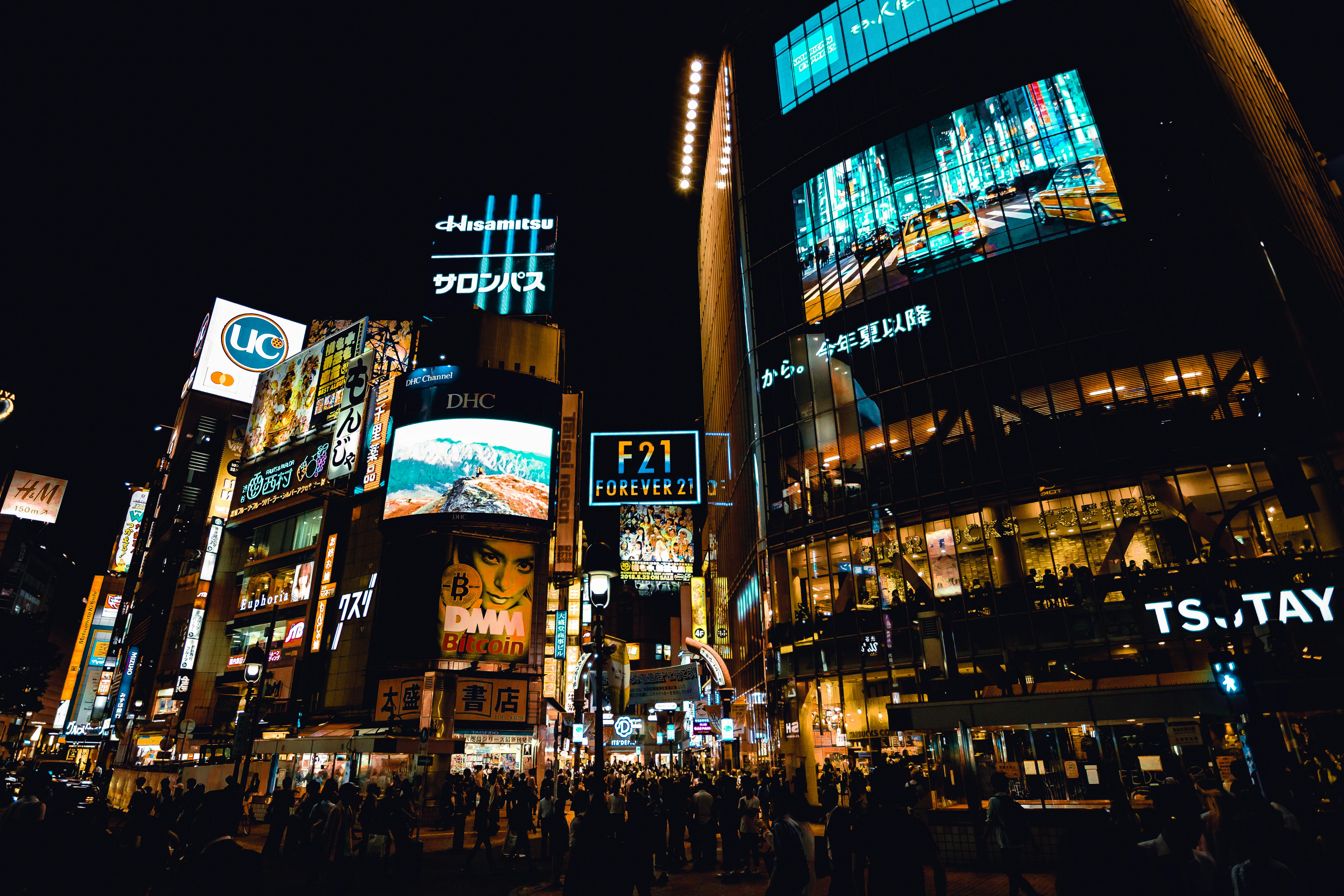Permanent makeup (cosmetic tattoos) is often not understood by the general public. Many people believe that permanent makeup is like getting a normal tattoo. There are similarities, but also important differences. Always consult a trained physician who honestly communicates about the risks and listens. Below you will find information to help you make an informed decision.
What is permanent makeup?
Permanent makeup is the placement of a pigment (solid color particles) under the skin to create the impression of cosmetics. The pigment is placed on the skin with a needle.
Why are cosmetic tattoos different?
Essentially permanent makeup is a tattoo, but it has a different purpose than traditional tattoos. Permanent makeup artist Liza Sims Lawrence, founder of Wake Up With Makeup, LLC in Anchorage explains, “The goal is to be subtle rather than attracting attention.” The artist strives to harmonize with facial features and skin tones.
What are pigments?
According to the article “From the Dirt to the Skin-A Study of Pigments” by Elizabeth Finch-Howell “, the Dry Color Manufacturers Association (DCMA) defines a pigment as an organic or inorganic particulate solid of color, black, white or fluorescent, which is normally insoluble in, and is essentially unaffected physically and chemically by the vehicle or substrate into which it is incorporated. ” The vehicle, which can be distilled water or other appropriate liquids combined with an antibacterial ingredient such as ethyl alcohol, should keep the pigment evenly distributed throughout the mixture.
What ingredients do pigments contain?
Permanent makeup pigments always contain basic ingredients used by all manufacturers. A small amount of pigments is created with iron oxides. According to Elizabeth Finch-Howell, “Iron is the most stable of all the elements and inorganic iron oxide pigments are non-toxic, stable, lightfast and have a variety of colors.” Lightfast means that the pigments retain their original hue over time. The pigment difference is generally associated with the vehicle or liquid used to place the pigment under the skin. “I use distilled water and ethyl alcohol,” says Finch-Howell, “I don’t use glycerin like other manufacturers do because it doesn’t evaporate.” “Glycerin is a humectant with an extremely large molecule,” Finch-Howell continues, “this molecule literally pierces the skin.” Glycerin is also found in a variety of quality grades. Other permanent makeup practitioners prefer pigments with glycerin because they glide on the skin and do not dry in the cup. The pigments do not contain mercury, talc or carbon.
What regulations apply to the field of permanent makeup?
The Federal Food, Drug, and Cosmetic Law does not regulate pigments. However, the FDA requires that all color additives be tested and approved by the US Food and Drug Administration prior to sale. Elizabeth Finch-Howell states: “There is a list of FDA approved color additives for foods, drugs and cosmetics. [that] pigment suppliers should use “.” All organic colorants are subject to batch certification by the FDA Color Certification Division, “Finch-Howell continues,” of the approximately 90 pigments on the FDA approved color additive list, all Listed inorganic colorants are exempt from certification. “
Do you have allergic reactions or side effects?
I have never had a client who has had an allergic reaction to permanent makeup. According to Liza Sims Lawrence, LI Pigments Authorized Distributor, “Photosensitivity reactions (sunlight) can sometimes be revealed by slight itchiness and bumping, but this is typically associated with the reds and purples used in body art tattoos.” Sims Lawrence continues: “Once the area is no longer exposed to strong sunlight, the itchiness and lift usually go away. In permanent cosmetics, we don’t usually use body art reds and violets on the face. Real allergic reactions they are extremely rare. ” Permanent makeup is known to cause itching and burning during an MRI scan. However, the FDA states: “This appears to occur only rarely and without apparently lasting effects.” It is best to inform the doctor and MRI technician that you have permanent makeup.
What is the difference between organic and inorganic pigments?
Organic pigments are made from plant matter and inorganic pigments are made from dirt, just like topical cosmetics. In permanent makeup, organic and inorganic pigments play an important role; pigments are not labeled organic in the same way that foods are labeled by the government. Organic-based pigments are necessary for color vibrancy. Inorganic pigments give us earthy tones and are resistant to light. According to Elizabeth Finch-Howell, her pigment company, Derma International, uses inorganic and organic pigments and has been operating for 17 years without a single allergic reaction being reported.
Permanent makeup is an incredible opportunity for men and women to make life easier and love their appearance every day, but there are many misconceptions. Talk to a professional, ask questions, and check references. For more information on the health benefits of permanent makeup and details on lip, brow, and eyeliner procedures, visit http://www.DawnColors.com.
